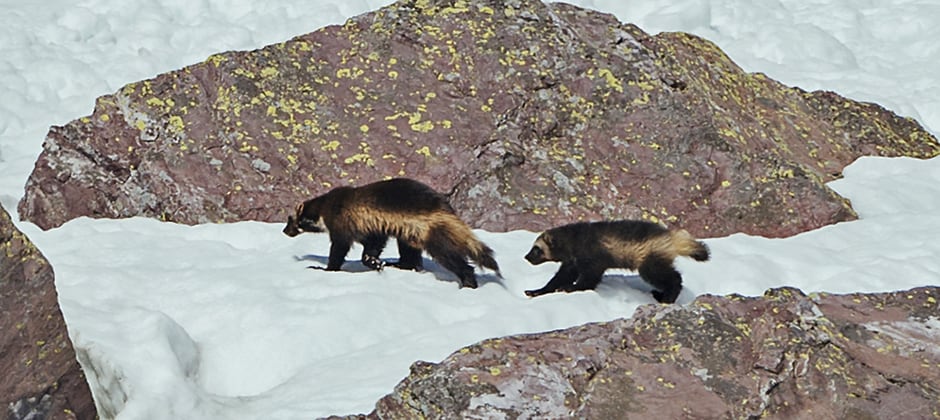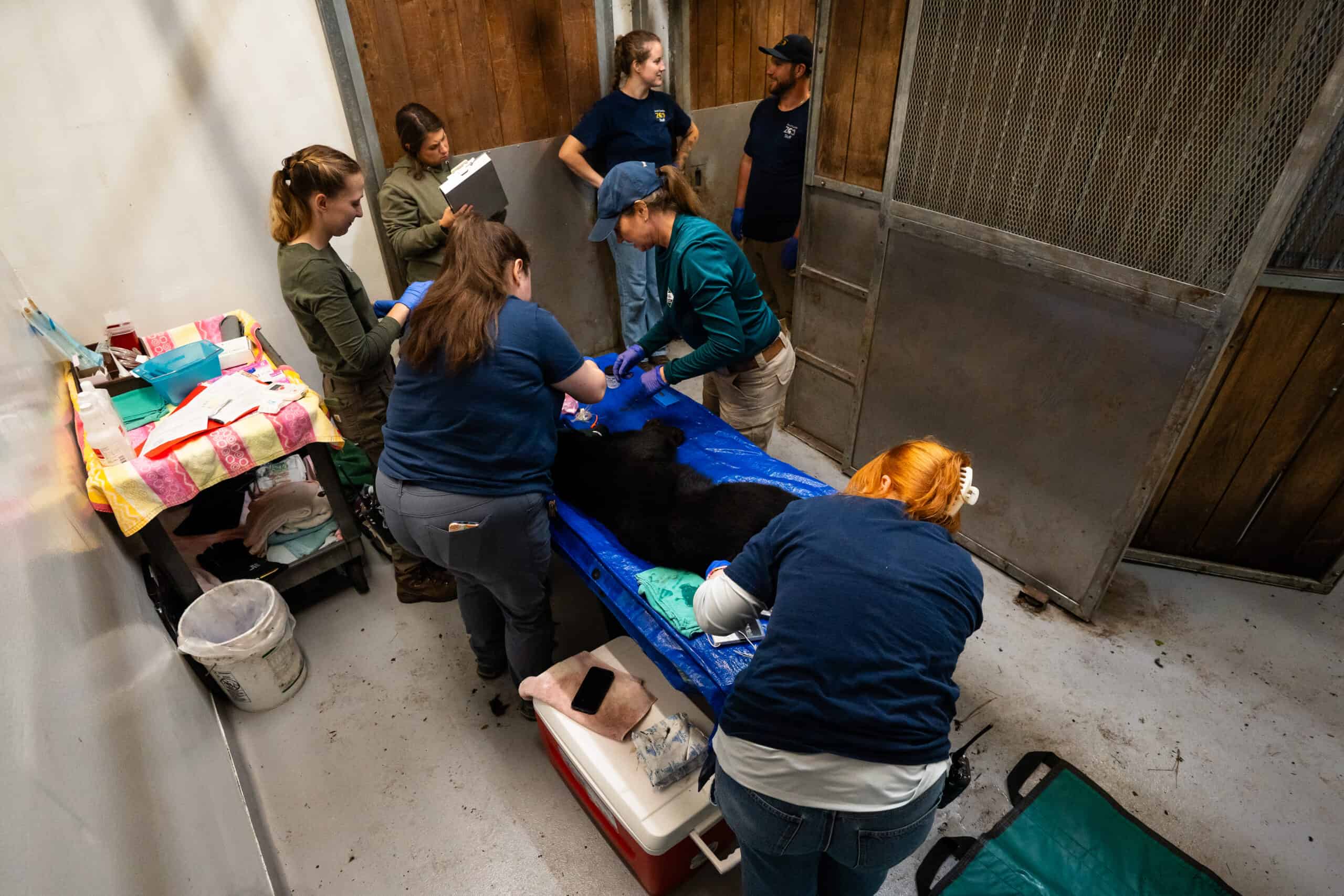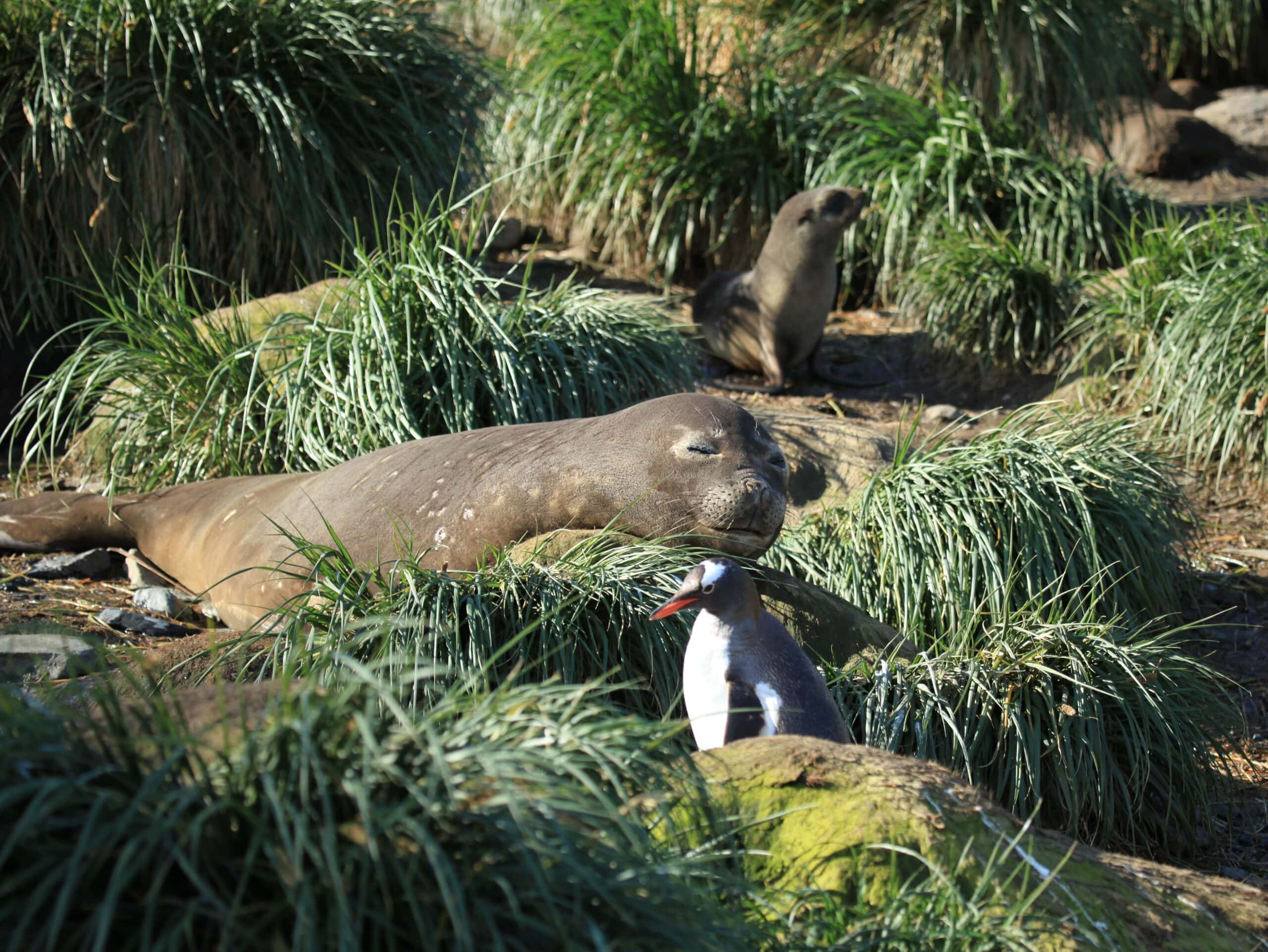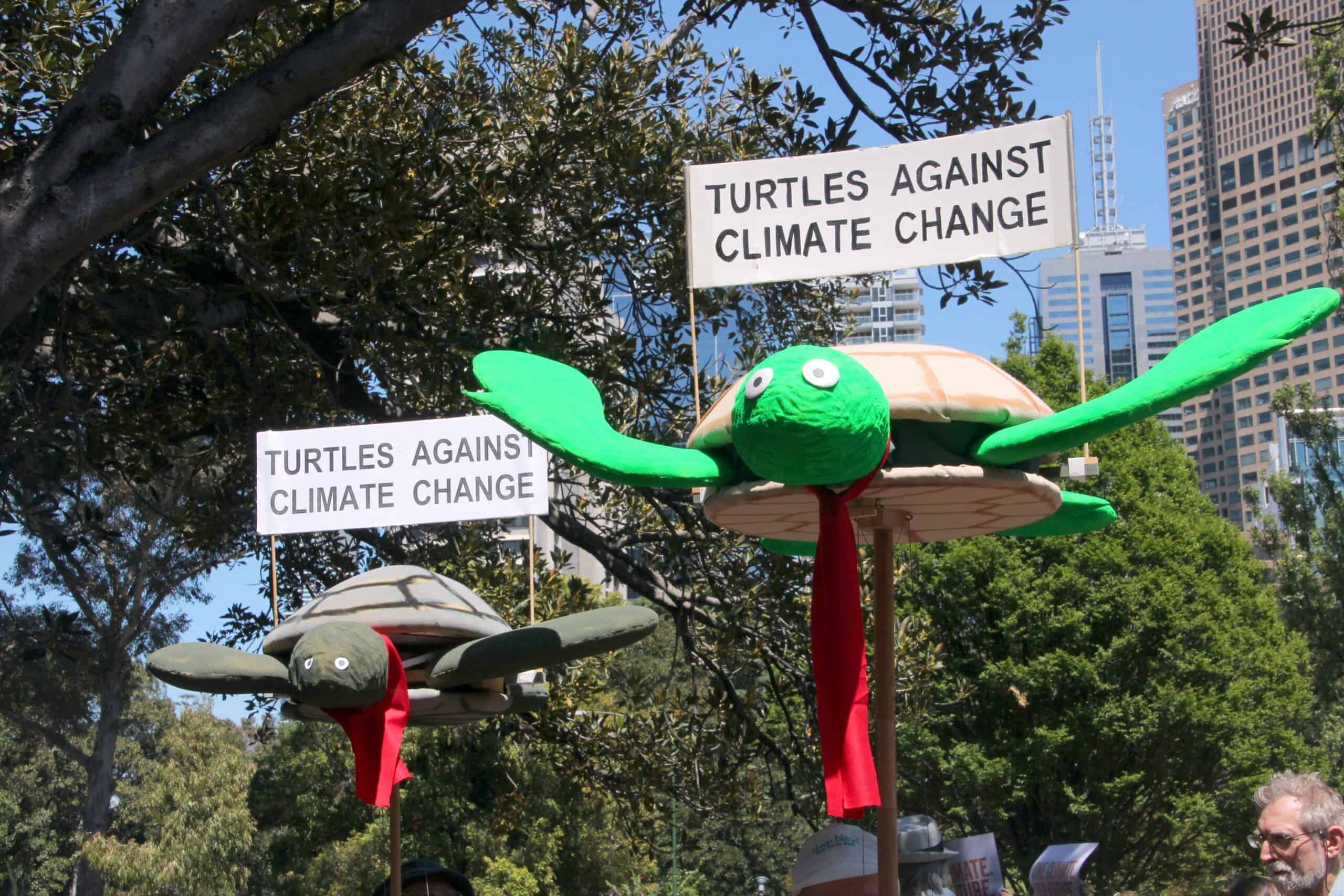Share this article
Wild Cam: Highway blocks wolverine females from dispersing south
While male wolverines are making their way past, the Trans-Canada Highway appears to be blocking the southward movement of females, limiting their ability to reach recovering U.S. populations that would benefit from females to bolster their numbers.
“The implications are that females aren’t able to move around on the landscape as well, or don’t disperse as much as the males,” said TWS member Mike Sawaya, a research ecologist at Sinopah Wildlife Research Associates, an independent wildlife research consultancy. Sawaya led a study, along with his co-author Tony Clevenger with the Western Transportation Institute at Montana State University, published recently in Biological Conservation on the demographic fragmentation of the wolverine (Gulo gulo) population in Banff, Yoho and Kootenay national parks.
For our latest Wild Cam feature, we take a look at some of the photos of wolverines taken by camera traps and photographers in the area to reveal how Sawaya and his co-authors’ findings may impact the future viability of wolverine populations.
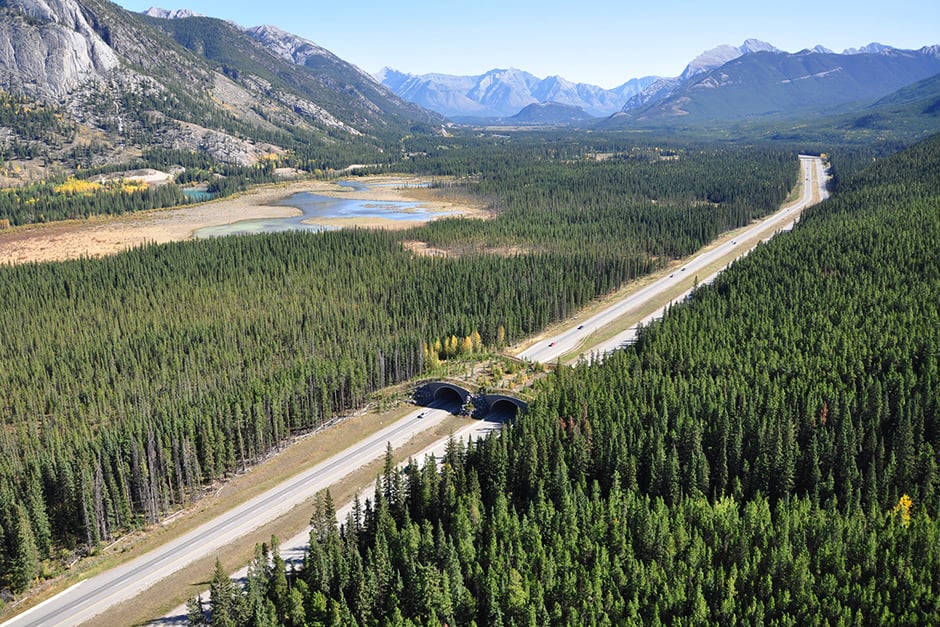
©Adam T. Ford
Sawaya had previously conducted studies of grizzly (Ursus arctos horribilis) and black bears (Ursus americanus) across the Trans-Canada highway, a roadway that used to be notorious for killing wildlife trying to cross it near Banff and other national parks.
“They had so much roadkill they were referring to the highway as the ‘meat-maker,’” Sawaya said.
But after Parks Canada began to install fences, wildlife overpasses and underpasses, including this wildlife bridge in Banff, Sawaya found genes were flowing across the highway and the population was connected.
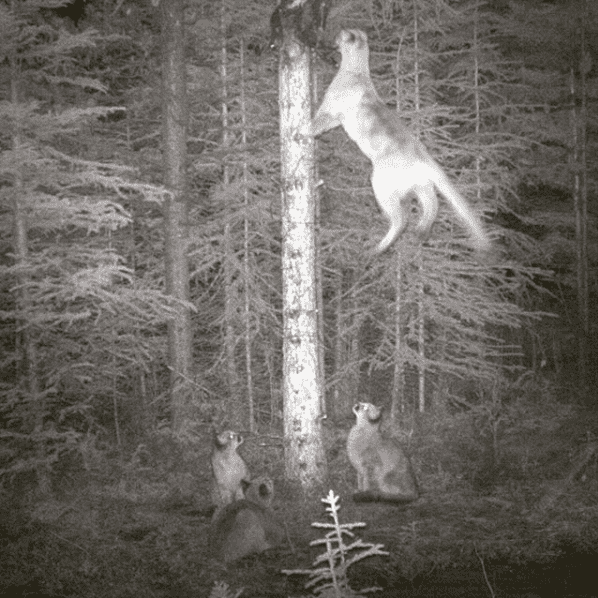
©wolverinewatch.org
When Parks Canada decided to extend Trans-Canada wildlife crossings to the rest of Banff and Yoho National Park, west of Banff, it embarked on a population study on wolverines, which are more numerous there.
“Parks Canada has been pretty proactive to get ahead of the problem they have,” he said.
Researchers used a combination of camera traps and baited hair traps, such as the one in this image showing a cougar (Puma concolor) climbing a tree, and DNA analysis on both sides of the highway.
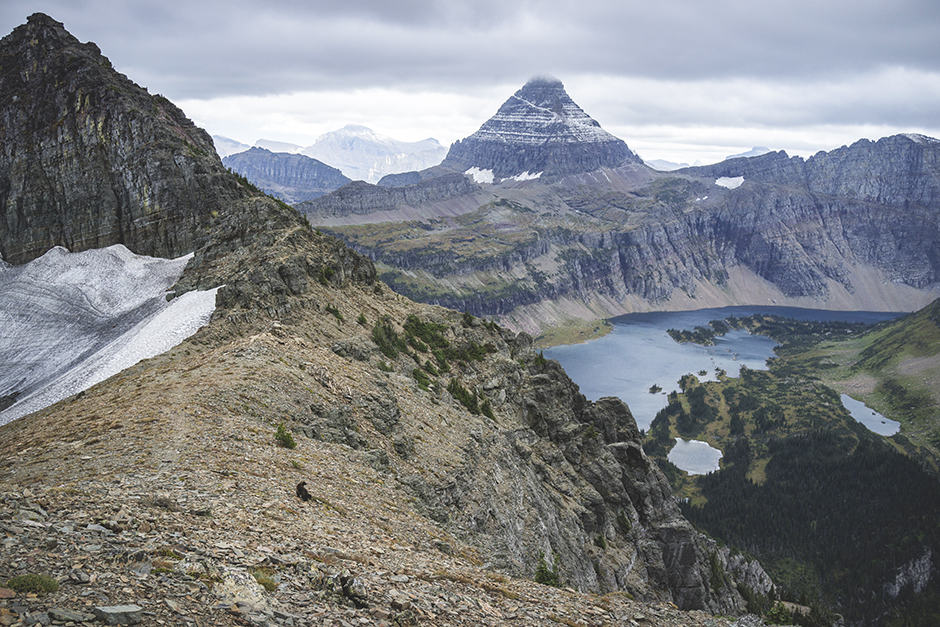
©Steven Gnam
The high altitude and rugged environment in parts of Montana make for ideal conditions for wolverines in the south of their range, but they are a hard animal to track. “This species occurs at a really low density and occurs only in little patches” at the southern extent of their range, Sawaya said.
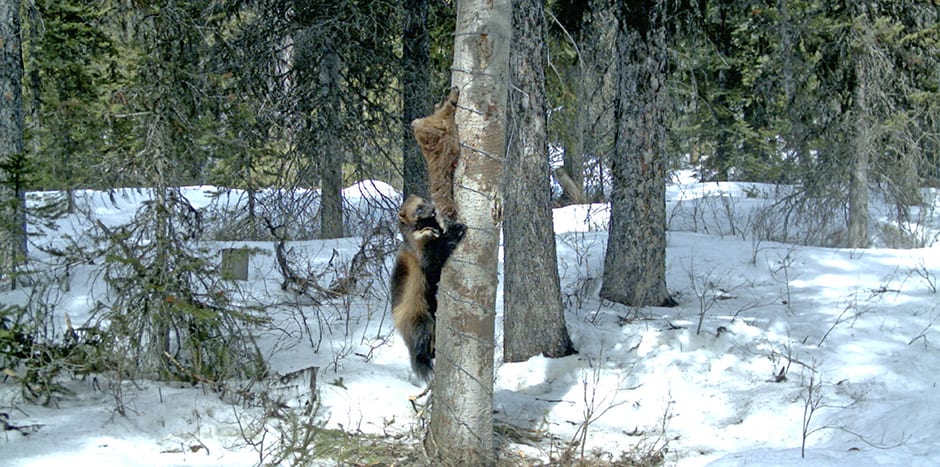
©www.wolverinewatch.org
The data, partly taken from hair snags and camera traps such as the shot above, showed that males moved across the highway, but females didn’t. They “seem to be like night and day,” he said. “We found almost complete genetic isolation for females.”
The researchers suspect that this is partly due to natural differences in male and female wolverine movement patterns. Females disperse less, with female kits staying closer to their mothers when they reach maturity while males set off for new pastures.
“That natural philopatric tendency is exaggerated or exacerbated by this road,” he said.
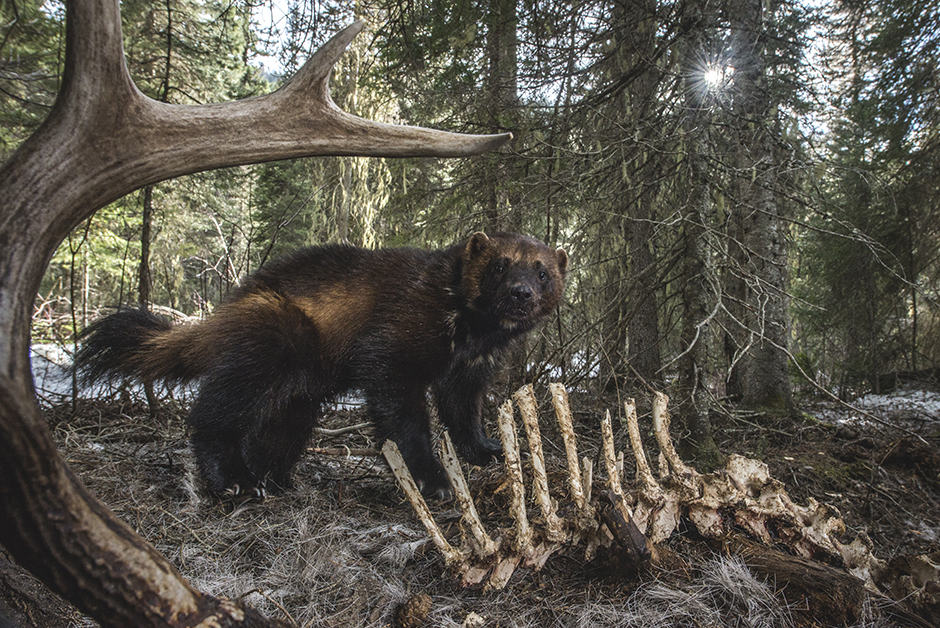
©Steven Gnam
This is a problem since females are the ones that give birth. Even though males move around, Sawaya said, the population viability could be compromised. “Females are really the reproductive engines of the population,” he said.
This is particularly important south of the highway, since the U.S. border is only about 150 miles from the road in Banff, and recovering wolverine populations in the Cascades and elsewhere in the Lower 48 already suffer from low genetic diversity.
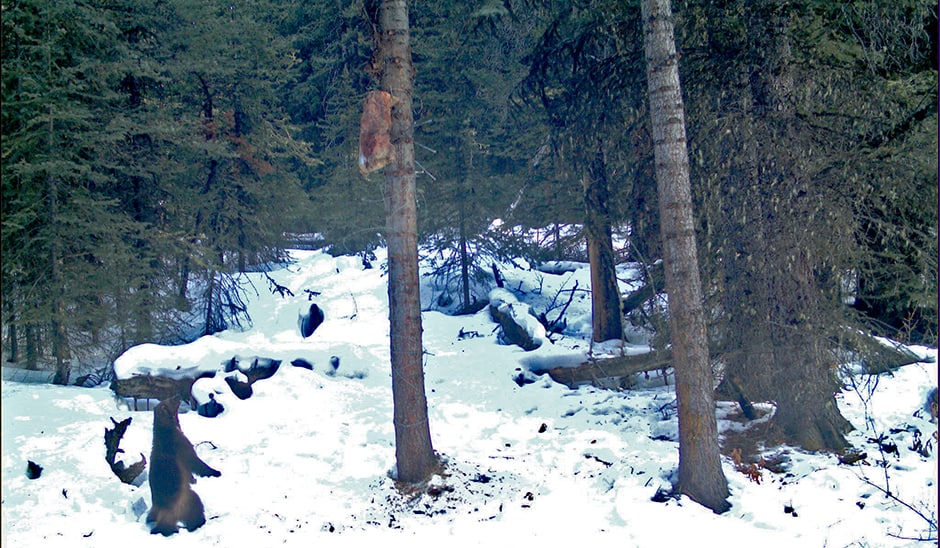
©www.highwaywilding.org
“Part of why we think this is important is because the U.S. population depends on movement from Canada,” Sawaya said. “If that highway is acting as a major filter or barrier to the female population, then it could be affecting the ability of the U.S. to receive migrants.”
While we often think of national parks as sanctuaries, Sawaya said, barriers like roads can really affect the health of wildlife populations.
“Even the National Parks aren’t always protected by the effects of fragmentation,” he said.
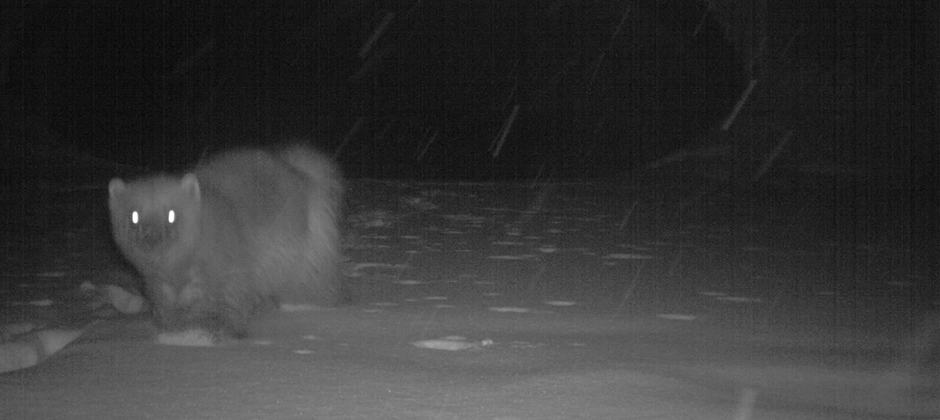
©www.highwaywilding.org
During the study, at least one female had crossed the highway. DNA tests on hair traps on both sides of the road showed the same animal was north and south of the highway. Researchers believe this camera trap shot shows the female crossing the highway through an underpass.
If the road effect is widespread and this female crossing is just a fluke, Sawaya said, females may need to be translocated to ensure the viability of southern populations — especially in future warming weather conditions. Wolverines in the south of their range prefer to stay in high altitude areas with greater snowpack, Sawaya said, but as the climate warms, these areas may shrink or become more fragmented.
This photo essay is part of an occasional series from The Wildlife Society featuring photos and video images of wildlife taken with camera traps and other equipment. Check out other entries in the series here. If you’re working on an interesting camera trap research project or one that has a series of good photos you’d like to share, email Joshua at jlearn@wildlife.org.
Header Image: Wolverines often prefer high altitudes in the south of their range where they can find snow. ©Steven Gnam



